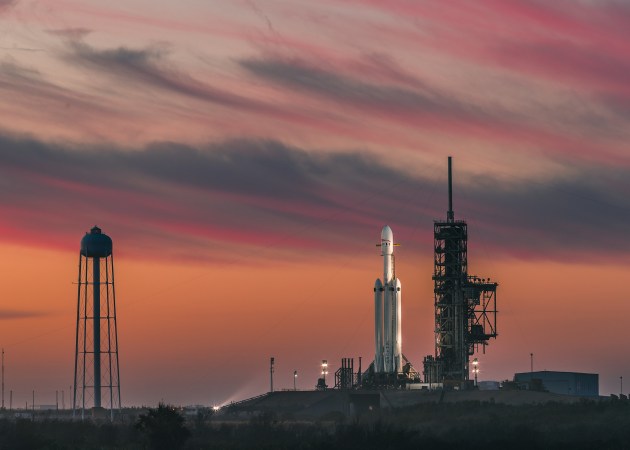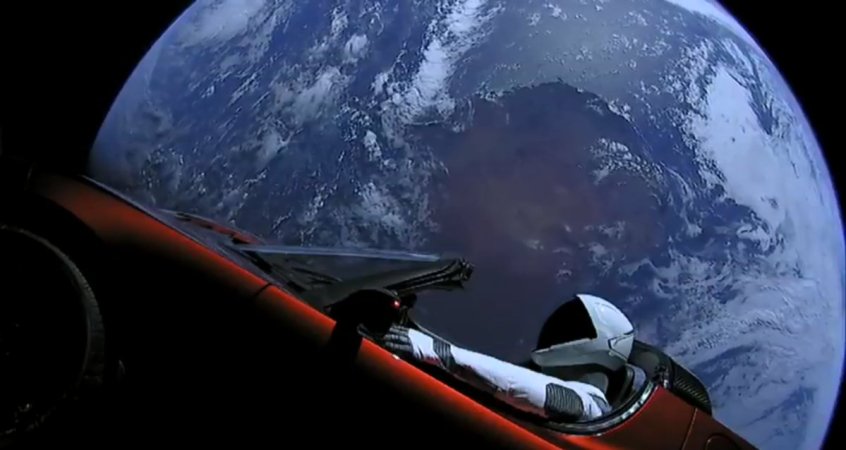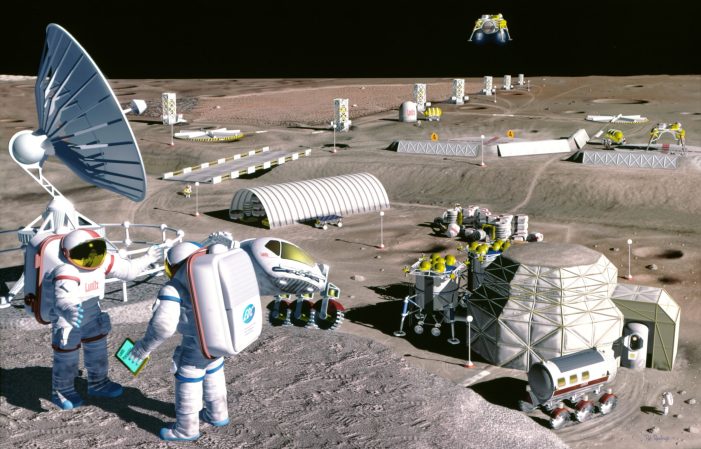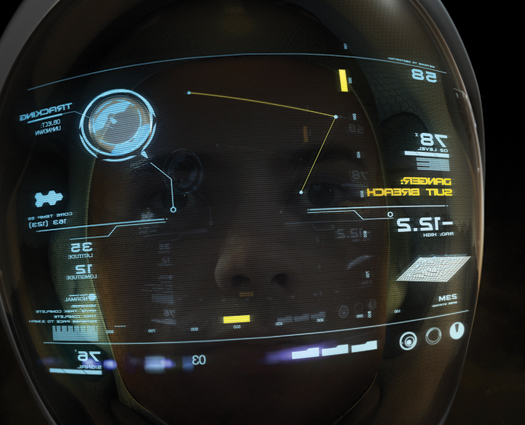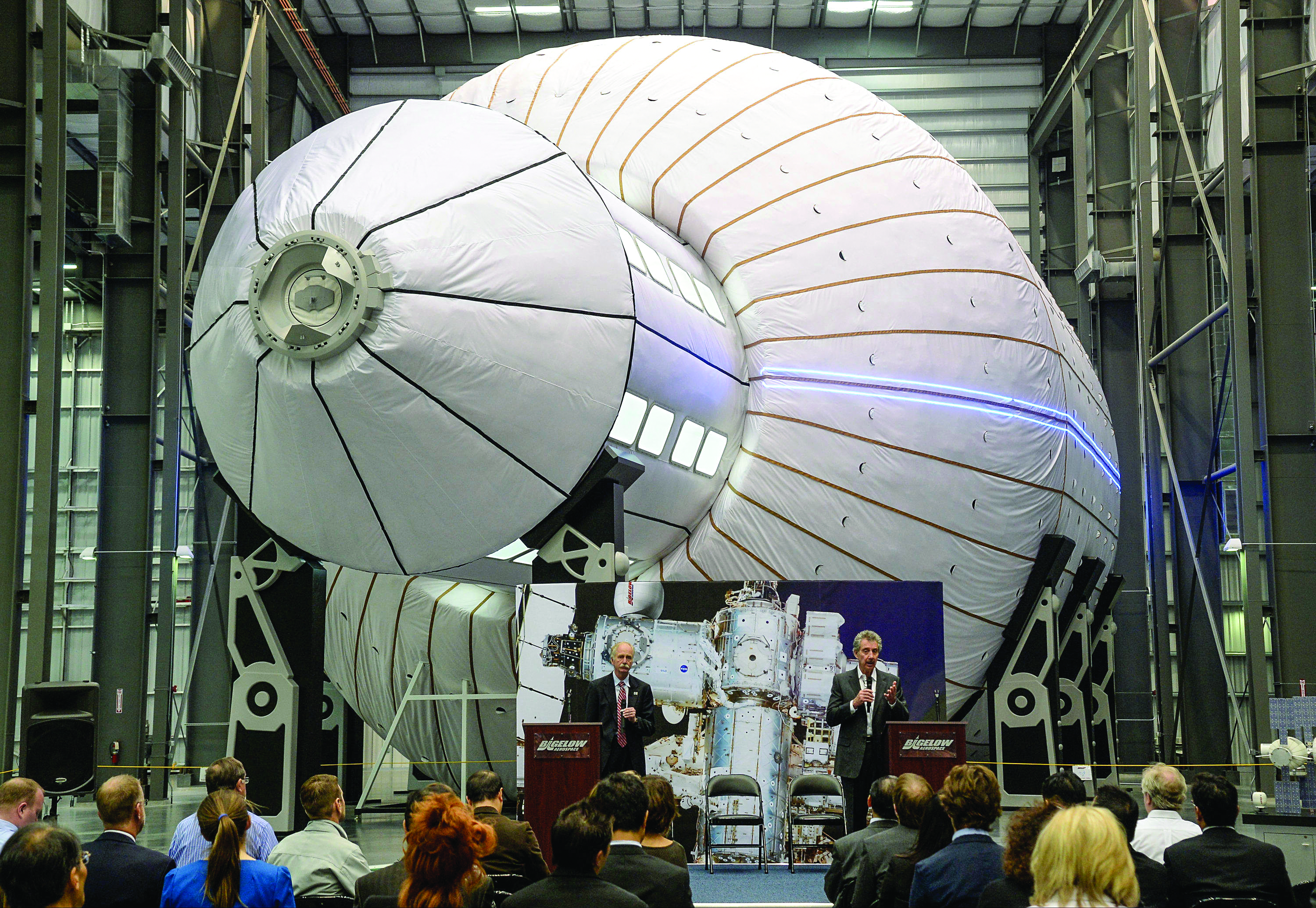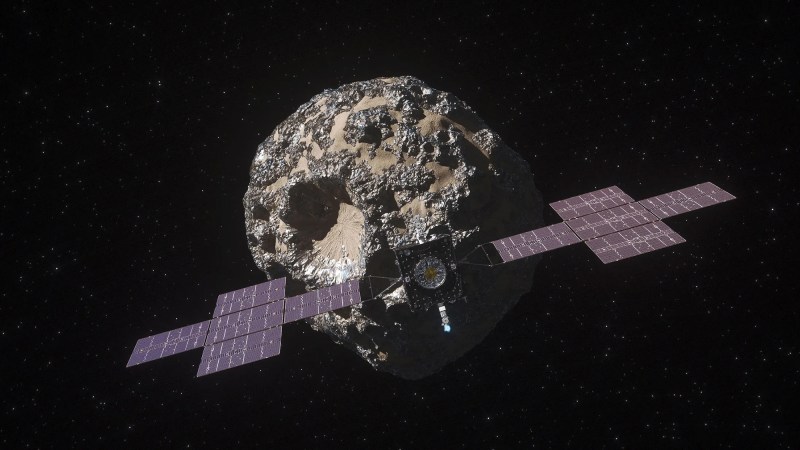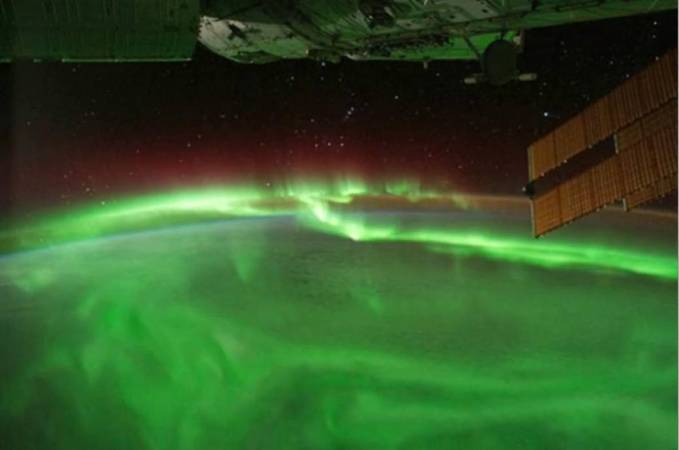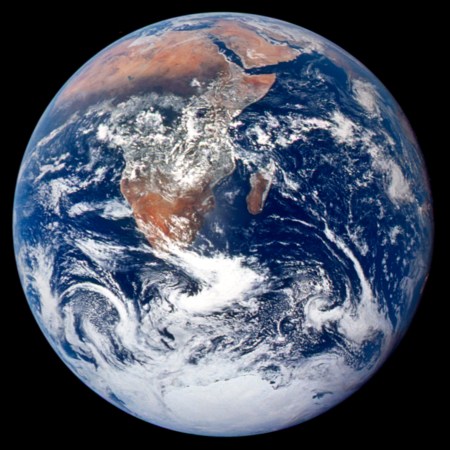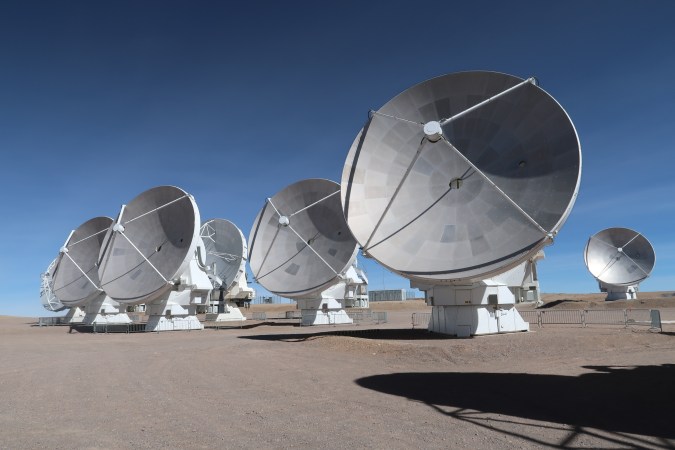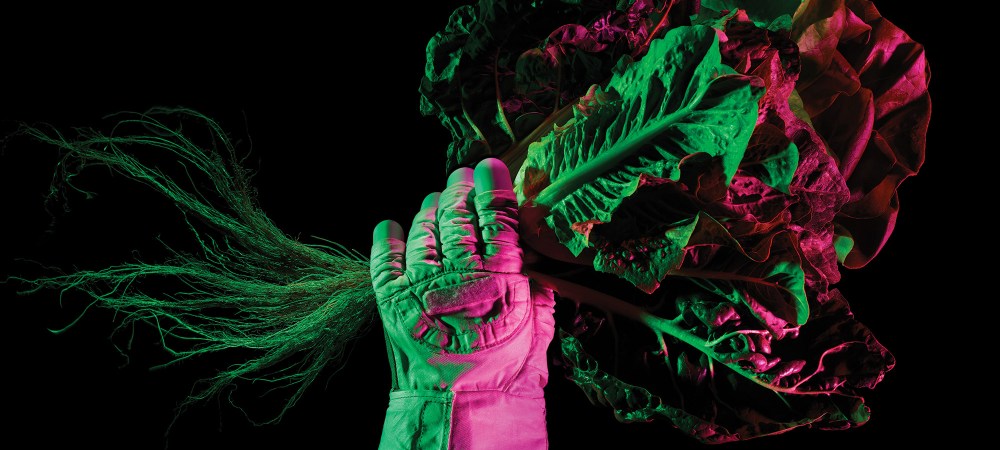

Thanks to the successful Falcon Heavy launch on Tuesday, SpaceX shot a midnight cherry-red Tesla Roadster into space, with the top down, blaring David Bowie, and being “driven” by a mannequin in a SpaceX spacesuit.
So… Now what?
The Roadster is currently careening through space toward Mars’ orbit, but it’s possible the car could make an Earth flyby in the future—close enough that experienced telescope-enthusiasts may be able to spot it, according to Tom Narita, an astrophysicist at the College of the Holy Cross in Massachusetts. And with hazards like high-speed space dust and cosmic ray radiation, the Roadster may look a little different than it did in the livestream on Tuesday.
When will the Roadster be back?
It’s hard to say. If nothing nudges it out of its current orbit, the Roadster should make a loop around the sun and return to the same neighborhood it was launched from in roughly two and a half years, Narita says. We earthlings wouldn’t be able to see it, though, as we’d be on the other side of the sun. In five years, we might—though Narita is quick to note that it’s hard to make confident, precise estimates because of how little we know about the car’s trajectory.
Planetary Society Senior Editor Emily Lakdawalla repeated that sentiment on Twitter, saying the Roadster’s lack of trackable radio transmissions and unplanned trajectory add up to a very unpredictable orbit.
Plus, there’s something called outgassing, which Ron Turner, a senior scientific advisor to NASA’s Institute for Advanced Concepts, says could also affect the car’s trajectory a little bit.
“There’s air all throughout the car,” Turner says. “In the vacuum of space, any gases in the seat cushions, the doors, the glove box, and even in the space of the steering wheel wrapper, all of that gas and water vapor from Earth’s atmosphere is eventually going to come out. It doesn’t have any reason to stay there.”
And when the gases do come out, they’ll push the Roadster in various directions. Turner agrees that we could see the Roadster again in five years—but says it could also be “seven and a half, ten or eleven. It’s reasonable we’ll see it again, it just depends on what orbit it finally gets itself into.”
What will it look like?
It’ll probably be a little weathered. “Think of it as finding an artifact, like the Titanic under the ocean,” Turner says. “It’s not gonna be in great shape, it won’t stay pristine.”
The Roadster will be worn down by two things. The first is a constant “sandblasting” of tiny dust-like particles called micrometeorites that whiz through space at high speeds, according to Turner. “Those little motes of dust, which are mostly just fractions of grams, are going to be hitting the car at 20 kilometers per second,” he says. “They’ll vaporize and scatter the paint and make nice little pits in the metal.” Over decades, that could make the Tesla lose its deep cherry-red color.
The second force that’ll hit the Roadster is radiation. “Anything with plastic or rubber will degrade because of cosmic ray radiation, energy from cosmic rays floating around in space that tends to disrupt chemical bonds,” Narita says. Radiation is really tough on carbon bonds, like those present in plastics and rubber. “The metal structure itself should be fine and last for hundreds of thousands of years.” Turner adds that the plastic and rubber bits of the car, like the wheels and the seats, will get worn down and mottled in a few years, and eventually be shredded by that radiation.
And what about the car’s chances of smashing into something larger and being mangled beyond recognition? Han Solo might tell you to never tell him the odds of crashing a spacecraft into an asteroid, but the odds here are actually slim to none. Outer space is a lot more empty than we realize—even the rocks inside the asteroid belt are so spaced out that it’d be difficult to hit one by chance. “If it does by coincidence hit an asteroid, that’s the end of that,” Narita says. “But it’s my speculation that the chance of that is pretty small.”
So what’s the bottom line?
Though the Tesla Roadster probably won’t get smashed by a stray asteroid, it’ll probably be a little space-worn the next time it comes back to our neck of the woods, and especially in years to come.
“Someday, maybe someone will find the relic of what appears to be a car or a hunk of metal with shredded rubber and destroyed plastic covering it,” Narita says. “But I think it’ll be more of an inert piece of space junk than anything dangerous.”

